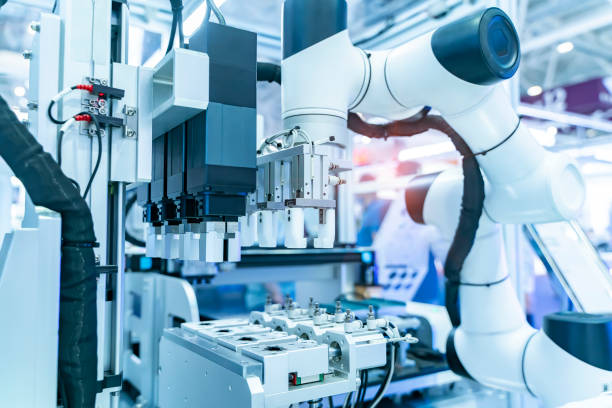Introduction:
Clinical device companies are at the forefront of medical innovation, revolutionizing patient care with innovative technologies and life-saving treatments. These businesses create technologies to help healthcare professionals diagnose, treat, and monitor patients, which plays a critical part in improving global health outcomes. As technology advances, these companies push the frontiers of what is possible in healthcare.
What Are Clinical Device Companies?
At their core, clinical device companies design, manufacture, and distribute medical devices that are essential for diagnosis, treatment, and patient monitoring. These devices range from simple tools like thermometers and blood pressure monitors to advanced technologies such as MRI machines and robotic surgical systems. These companies ensure that healthcare providers have access to reliable, cutting-edge equipment to deliver the highest standard of patient care.
Types of Clinical Devices: A Broad Spectrum of Innovation
The medical device industry encompasses a vast array of products, each designed to fulfill a specific role in patient care. Understanding these categories highlights the diverse innovation within the sector.
Diagnostic Devices
These devices help detect diseases early, allowing for timely and effective treatment interventions. Examples include imaging machines like CT scanners, diagnostic kits, and blood glucose monitors.
Therapeutic Devices
Used directly in the treatment of medical conditions, therapeutic devices play a pivotal role in improving patient outcomes. Pacemakers, dialysis machines, and infusion pumps are just a few examples of how technology can directly influence patient health.
Monitoring Devices
Monitoring devices track patient health in real-time, offering valuable data for healthcare providers. These include heart rate monitors, continuous glucose monitors, and portable ECG machines, which support both in-hospital and remote patient care.
Leading Players in the Clinical Device Industry
Several global companies lead the charge in clinical device innovation, setting the standard for safety, effectiveness, and technological advancement. Giants like Medtronic, Johnson & Johnson, Siemens Healthineers, and GE Healthcare have consistently pushed the boundaries of medical technology, introducing groundbreaking devices that reshape patient care and enhance treatment outcomes.
Regulatory Landscape: Ensuring Safety and Efficacy
Clinical device companies operate within strict regulatory frameworks to ensure that every device meets rigorous safety and quality standards. Regulatory bodies like the U.S. Food and Drug Administration (FDA), the European Medicines Agency (EMA), and other international authorities establish guidelines for device testing, clinical trials, and post-market surveillance. Compliance with these regulations ensures patient safety and builds trust within the healthcare community.
Challenges Facing Clinical Device Companies
Despite rapid innovation, clinical device companies face significant challenges. Regulatory hurdles can delay time-to-market for new devices, while rising competition pressures companies to continually innovate. Additionally, cybersecurity threats and data privacy concerns have emerged as major challenges, especially as devices become increasingly connected through the Internet of Things (IoT).
Emerging Trends Shaping the Future of Clinical Devices
As technology evolves, several emerging trends are reshaping the future of clinical devices and the way healthcare is delivered.
Artificial Intelligence and Machine Learning
AI is revolutionizing diagnostics by enabling faster and more accurate disease detection. Machine learning algorithms can analyze vast amounts of data to identify patterns that might be missed by human clinicians, improving diagnosis and treatment outcomes.
Remote Monitoring and Telehealth
The rise of telehealth has increased the demand for remote monitoring solutions. Devices such as wearable fitness trackers and home-based ECG monitors allow healthcare providers to track patient health from afar, improving accessibility and convenience for patients.
3D Printing in Medical Device Manufacturing
3D printing technology is enabling the creation of personalized medical devices, such as custom prosthetics and implants. This technology reduces production costs and speeds up the manufacturing process, offering tailored solutions for individual patients.
The Economic Impact of Clinical Device Companies
The global clinical device market is a major contributor to the economy, driving innovation, creating jobs, and fostering international trade. According to market research, the industry is projected to reach trillions of dollars in the coming years, with growth fueled by technological advancements, increasing healthcare demands, and rising investment in medical research and development.
Conclusion:
As technology advances and healthcare demands evolve, clinical device companies will continue to play a pivotal role in shaping the future of global health. Through innovation, adherence to regulatory standards, and a commitment to patient safety, these companies are set to revolutionize healthcare delivery, improve patient outcomes, and drive the next wave of medical breakthroughs.
Comments on “The Architecture of Clinical Device Companies”